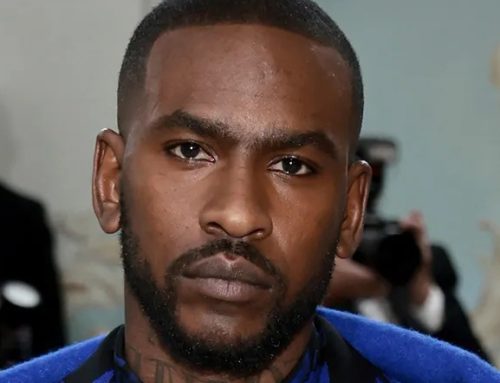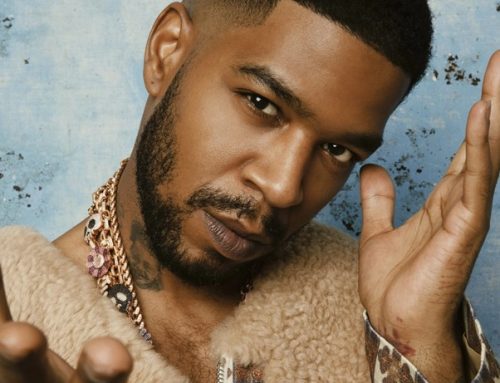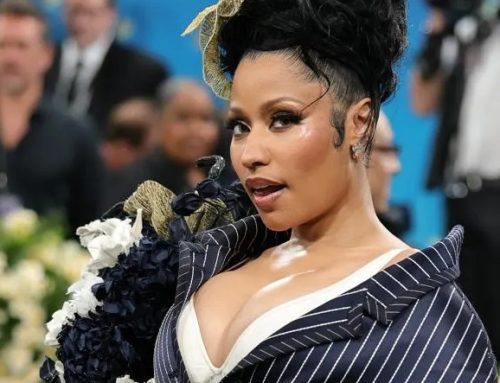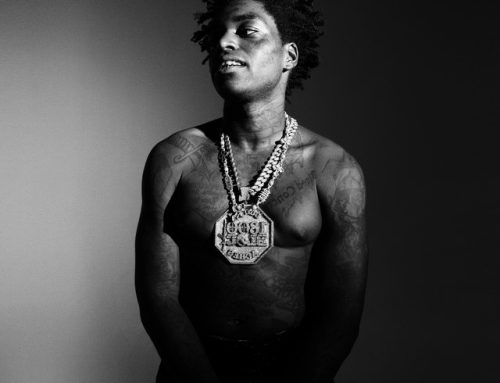Even though he’s been away for a minute, J. Cole has still been putting in work on and off the court. After releasing his 2018 album KOD and dropping a flurry of features in the year that followed, J. Cole went radio silent in 2020. Aside from returning last year to drop off his two-pack Lewis Street EP, the only time fans saw or heard from the hip-hop superstar was on the basketball court. That all changes this week, as Cole prepares to begin what he’s calling “The Fall Off Era” with his sixth studio album, The Off-Season, out this Friday (May 14).
As he’s previously done with albums 4 Your Eyez Only and Revenge of the Dreamers III, Cole released a documentary chronicling what he’s been up to and the inspirations behind his new work. Titled Applying Pressure: The Off-Season Documentary, the Scott Lazer-directed film (out now on YouTube) follows Cole from the studio to the basketball court as he begins to get back in lyrical and athletic shape. Applying Pressure: The Off-Season Documentary reveals where J. Cole has been, what inspired him to name this album The Off-Season, and where he sees his career going from here.
In honor of Cole’s return and The Off-Season dropping this Friday, here are five of the biggest takeaways from Applying Pressure: The Off-Season Documentary.
1. The Off-Season was inspired by the energy Cole had when making his 2009 mixtape The Warm Up.
When J. Cole released his mixtape The Warm Up in 2009, he was a young, scrappy rapper who was still clawing at the pinnacles in hip-hop he had yet to reach. That hunger was palpable in the music, and as he describes in the documentary, he wants to reignite that feeling. Cole explains that the first album of “The Fall Off Era” is called The Off-Season because it reflects him getting back into the gym to sharpen both his pen and his ball skills. Cole has allowed superstardom to make him too comfortable, so The Off-Season reflects J. Cole getting back into fighting shape like he was 12 years ago. In order to get back into that zone, he also began a rigorous training regiment to refocus.
2. The birth of his son changed his approach to music.
The second project listed on Cole’s illustration of “The Fall Off Era” is called It’s a Boy, and he specified during the documentary that having a child changed the way he thought about music. Two years into being a father, Cole heeded advice he received from Pharrell Williams years prior and realized that he had to give his life more structure and fall into certain routines. In an effort to cut down his absences caused by recording music, he made a studio in his home to spend more time with his family.
Being a father has also made Cole more comfortable with the idea of retirement once he finished The Fall Off. He’s no longer the kid out of Fayetteville whose only concern was being the greatest rapper alive. Now that he has a family of his own, Cole’s priorities have shifted, and he’s at peace with the idea of retiring once after he puts his best foot forward with “The Fall Off Era.”
3. There are still more heights Cole wants to reach.
Despite famously going “platinum with no features,” winning a Grammy, and a laundry list of accomplishments in between, J. Cole is still not satisfied. During the doc, he asked himself, “From a skill level, have you wrote your best song? Have you left no stone unturned creatively?” And with the thought of retirement lingering, he still felt like he had more work to do, thus birthing “The Fall Off Era.”
That hunger to reach new heights is what drove Cole back to the studio to strengthen his pen. He talks about doing “seven-minute drills” with 21 Savage, which might be referring to a writing exercise he does to keep himself sharp. What Applying Pressure: The Off-Season Documentary confirmed is that Cole is tired of being comfortable. Although he’s already punched his ticket for the hip-hop hall of fame and hoisted numerous accolades, there is still more he wants to accomplish before he lets his jersey rest in the rap banisters for good.
4. He returned to his New York roots to refocus.
To get back into lyrical shape, Cole returned to his friend Mohammad’s college home in Queens, where he stayed while attending St. John’s University. After releasing 2014 Forest Hills Drive, Cole lived in Mohammad’s home for two months in 2016 to refocus, retool and refine his skills to return to the mental state he was in when he made some of his classic work like The Warm Up. During this time, Cole wrote a lot of music, much of which he’s been sitting on for five years now.
In the documentary, Cole also revealed that platinum tracks like “Middle Child” were made for The Fall Off, but he decided to release it early just to give fans a taste of what he’s been cooking up. The Fall Off isn’t finished, Cole clarifies, but he makes it clear that working on the albums in “The Fall Off Era” has been a labor of love. He wants each project to be as complete as possible before releasing them to the world, and that’s why they have taken so long.
5. Cole has gotten into the gym and studio.
It has just been reported that J. Cole will be making his professional basketball debut this coming Thursday (May 13), after inking a deal to play three to six games with the Basketball Africa League’s Rwanda Patriots. There have been multiple videos circulating the internet of Cole training to go pro over the last few years, and Applying Pressure: The Off-Season Documentary confirms that he has dedicated an equal amount of time to the basketball courts as he has to the studio.
Cole has always made parallels between music and basketball in his work, with project titles like The Warm Up, Friday Night Lights and his debut album, Cole World: The Sideline Story, paying homage to his love for the game. It looks like Cole is finally back in competitive form, and is getting his shot at the pros while simultaneously plotting his return to rap dominance.






